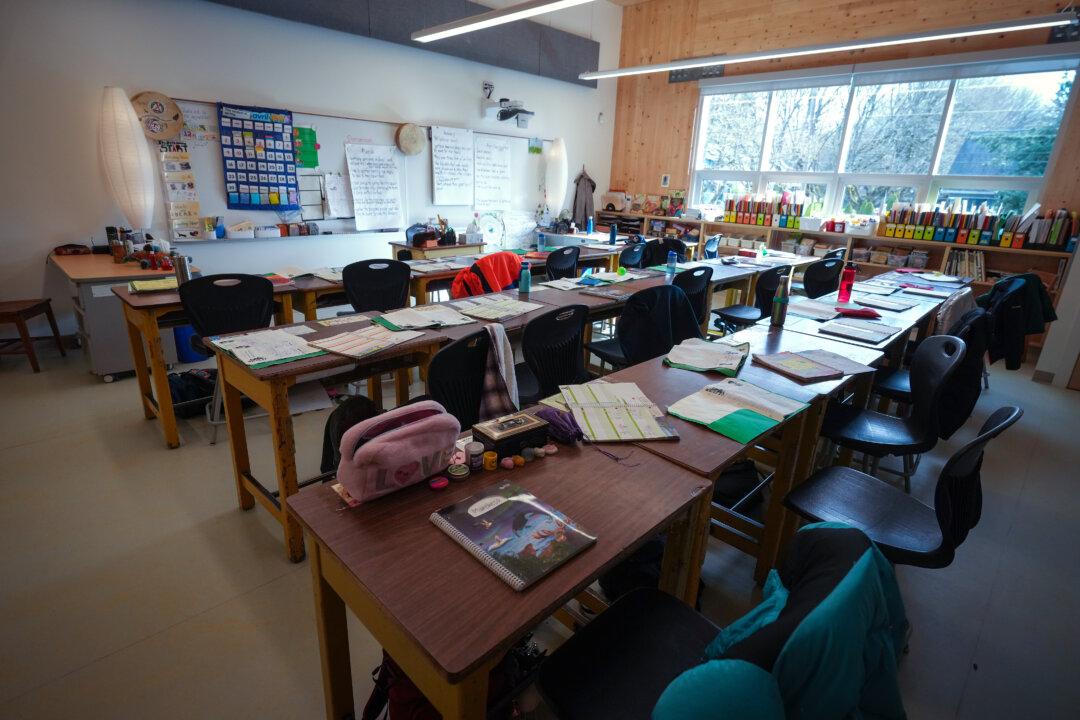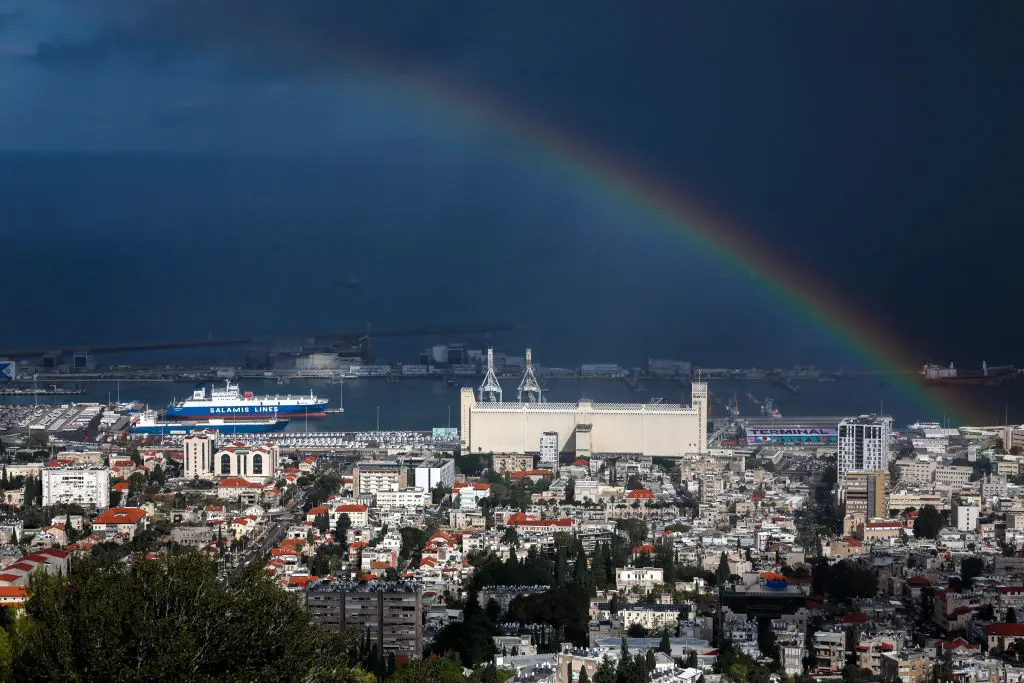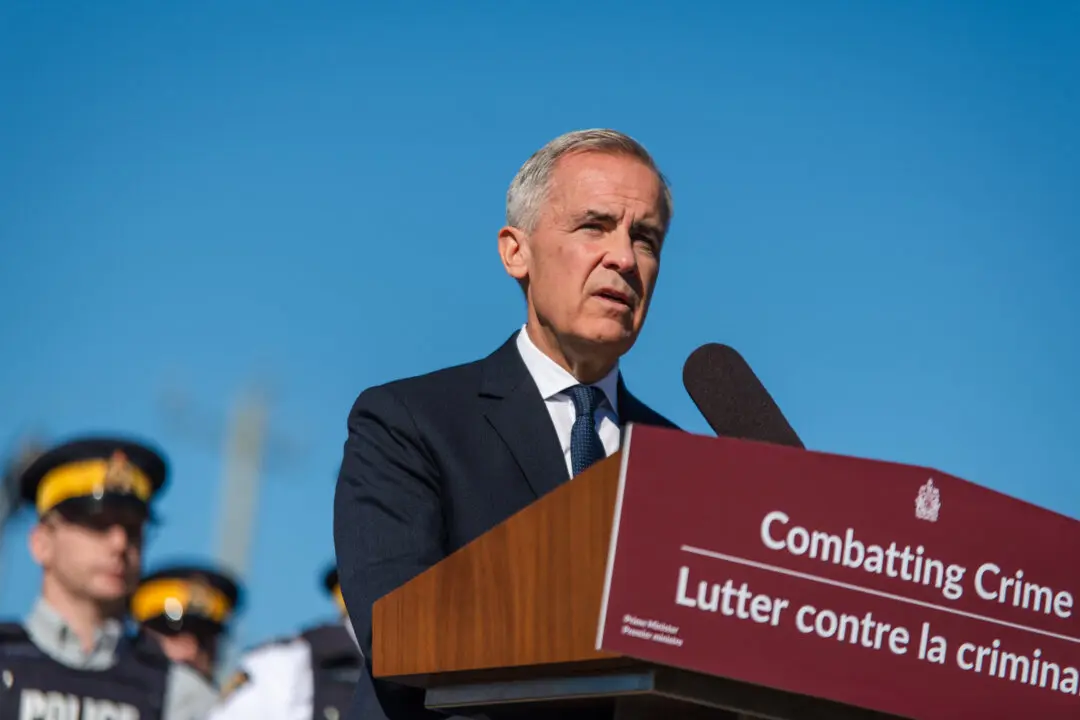Commentary
The Liberal Party of Canada appears to be on the brink of a federal electoral blowout unlike any since the 1993 general election that took the Progressive Conservatives from a majority government down to a paltry two seats in the House of Commons. Some projections predict the Liberals would win only six seats if a general election were to be held today.





